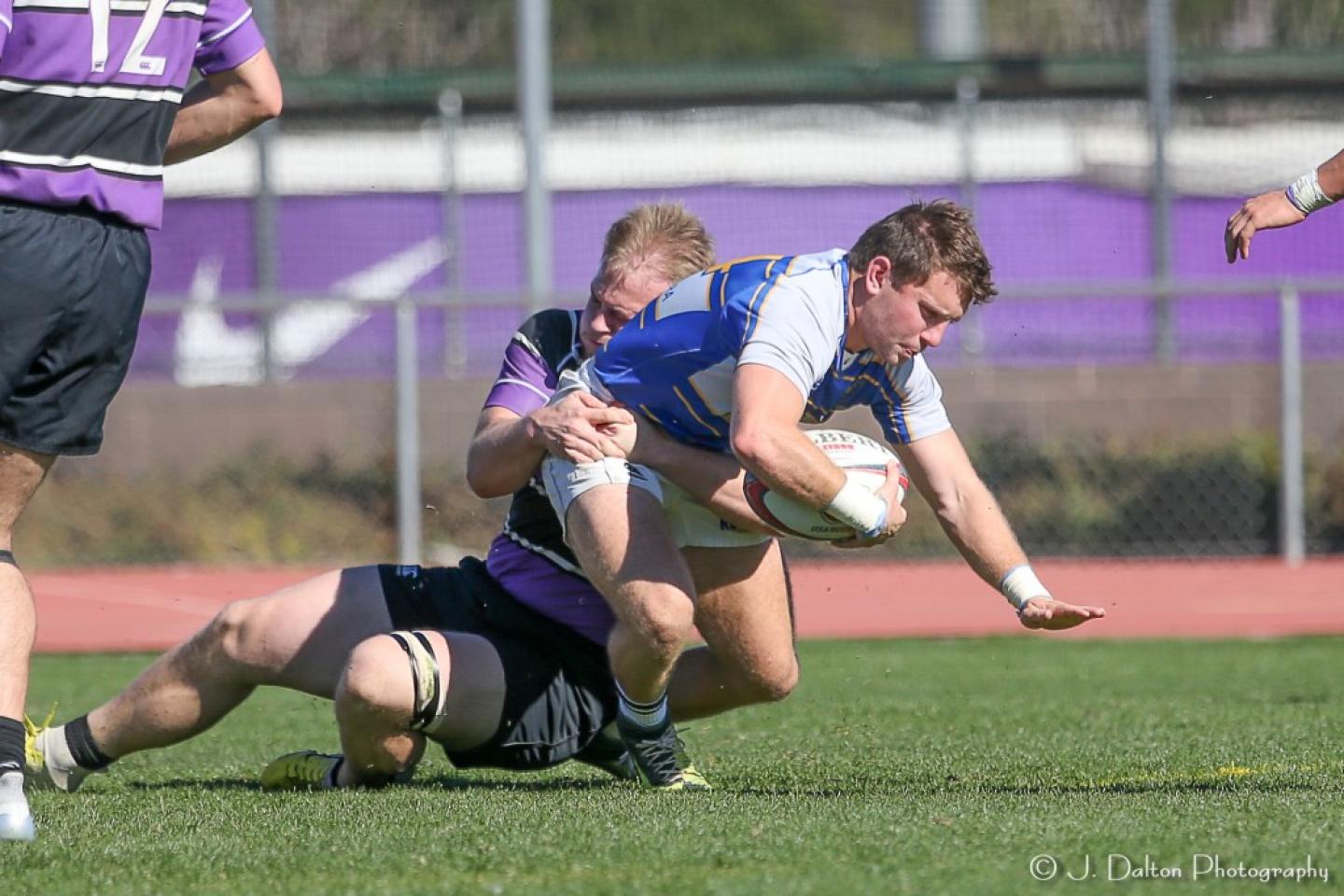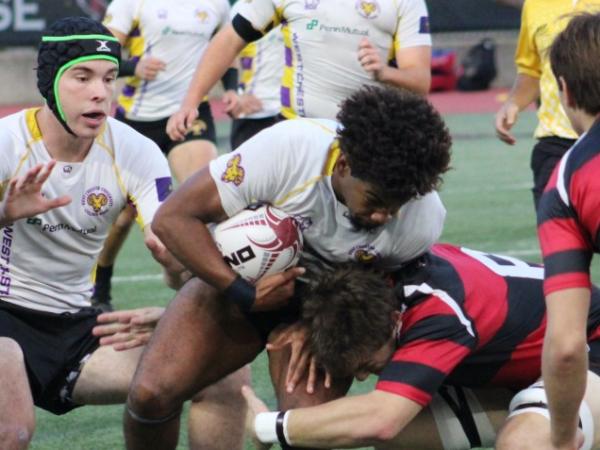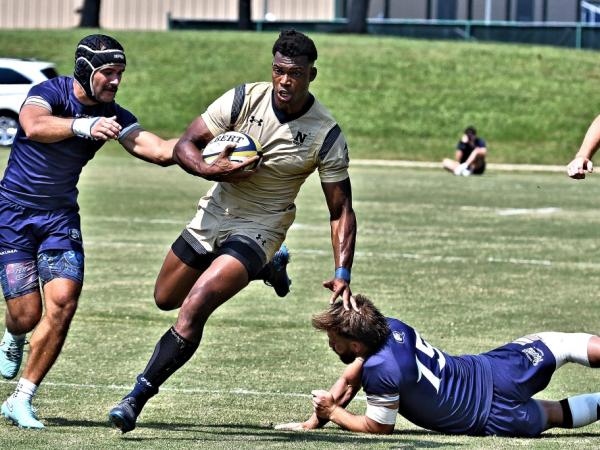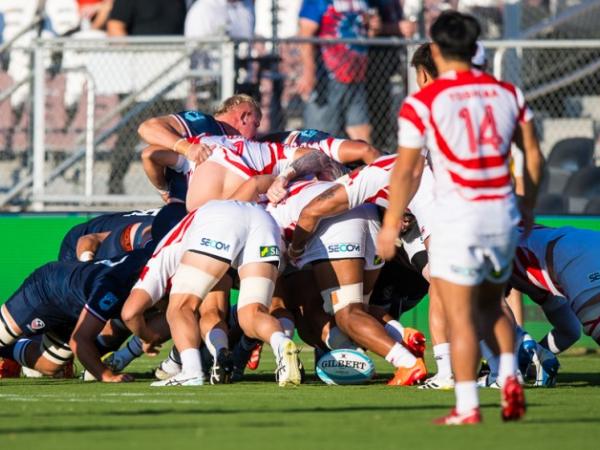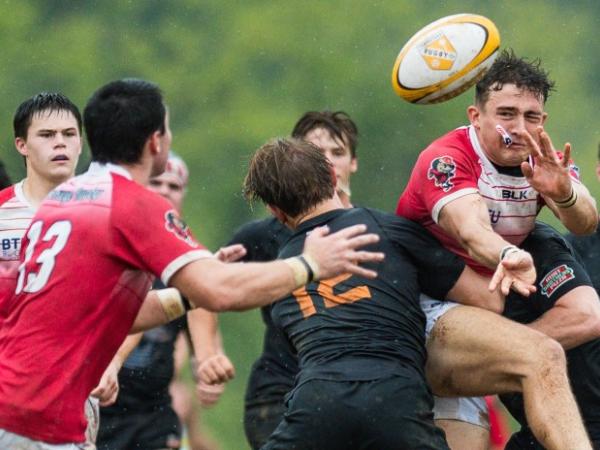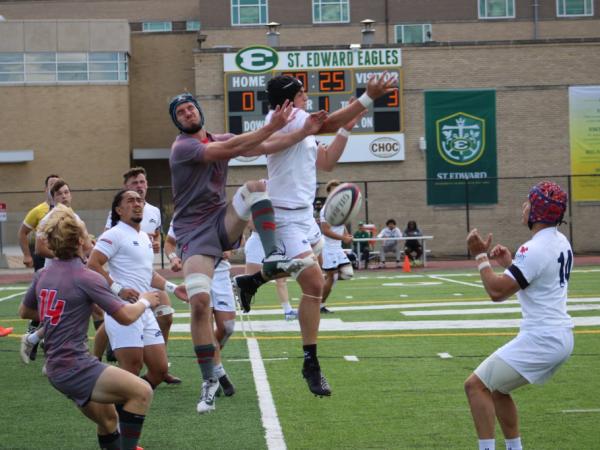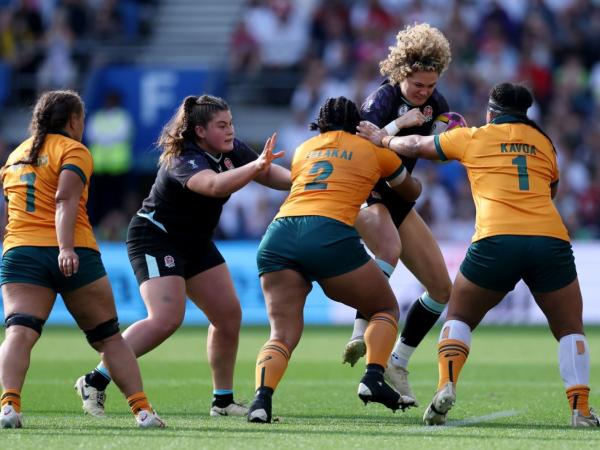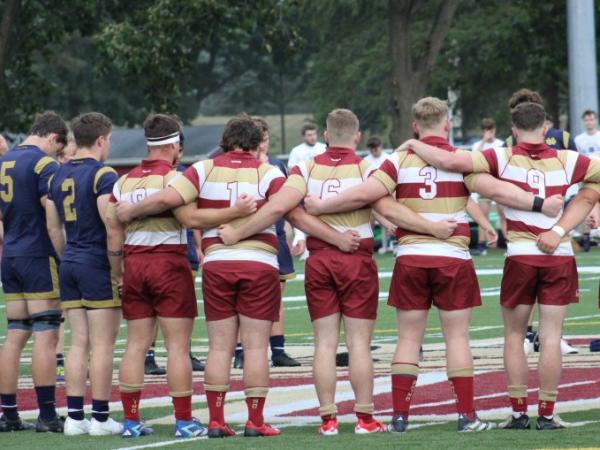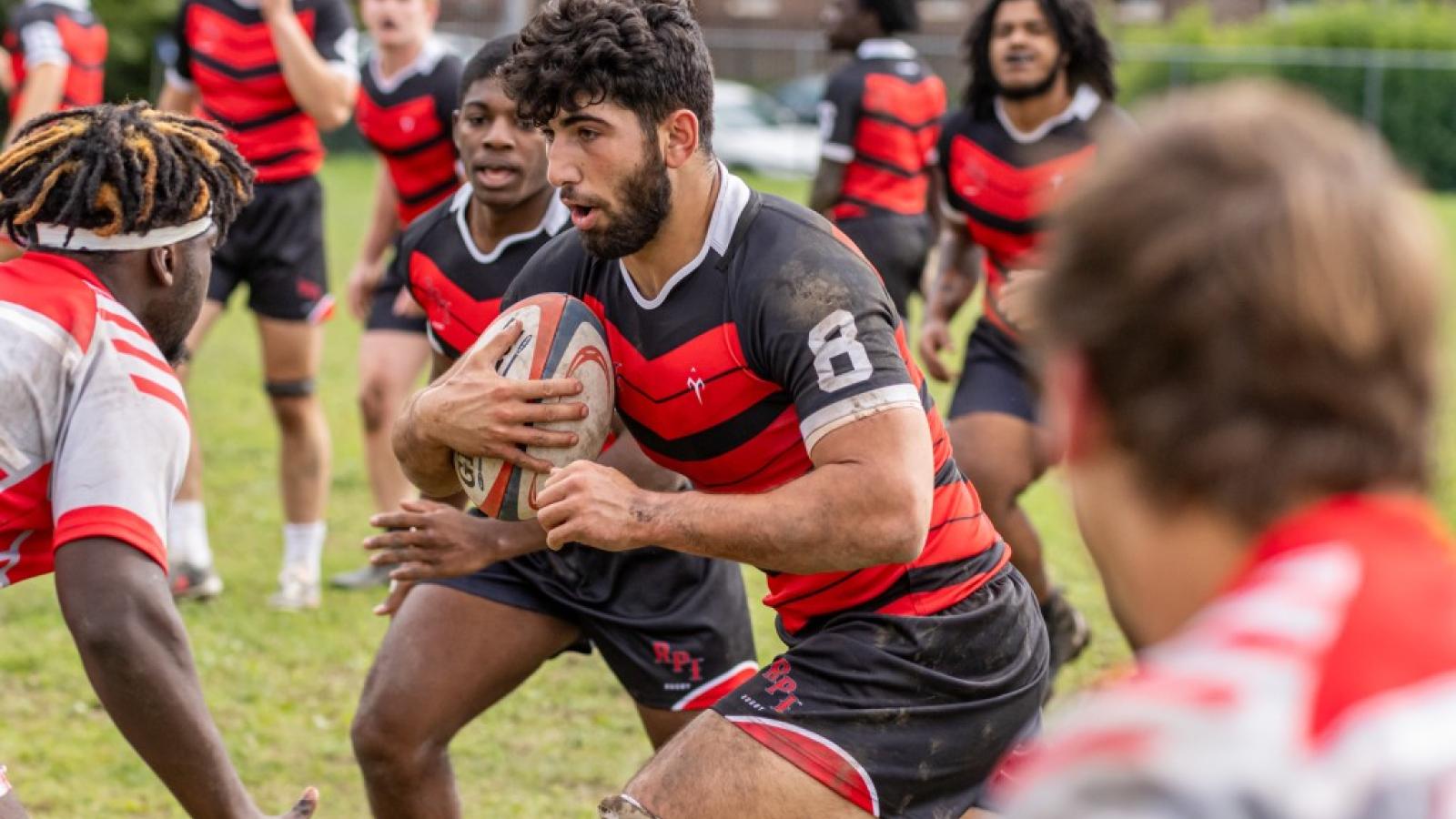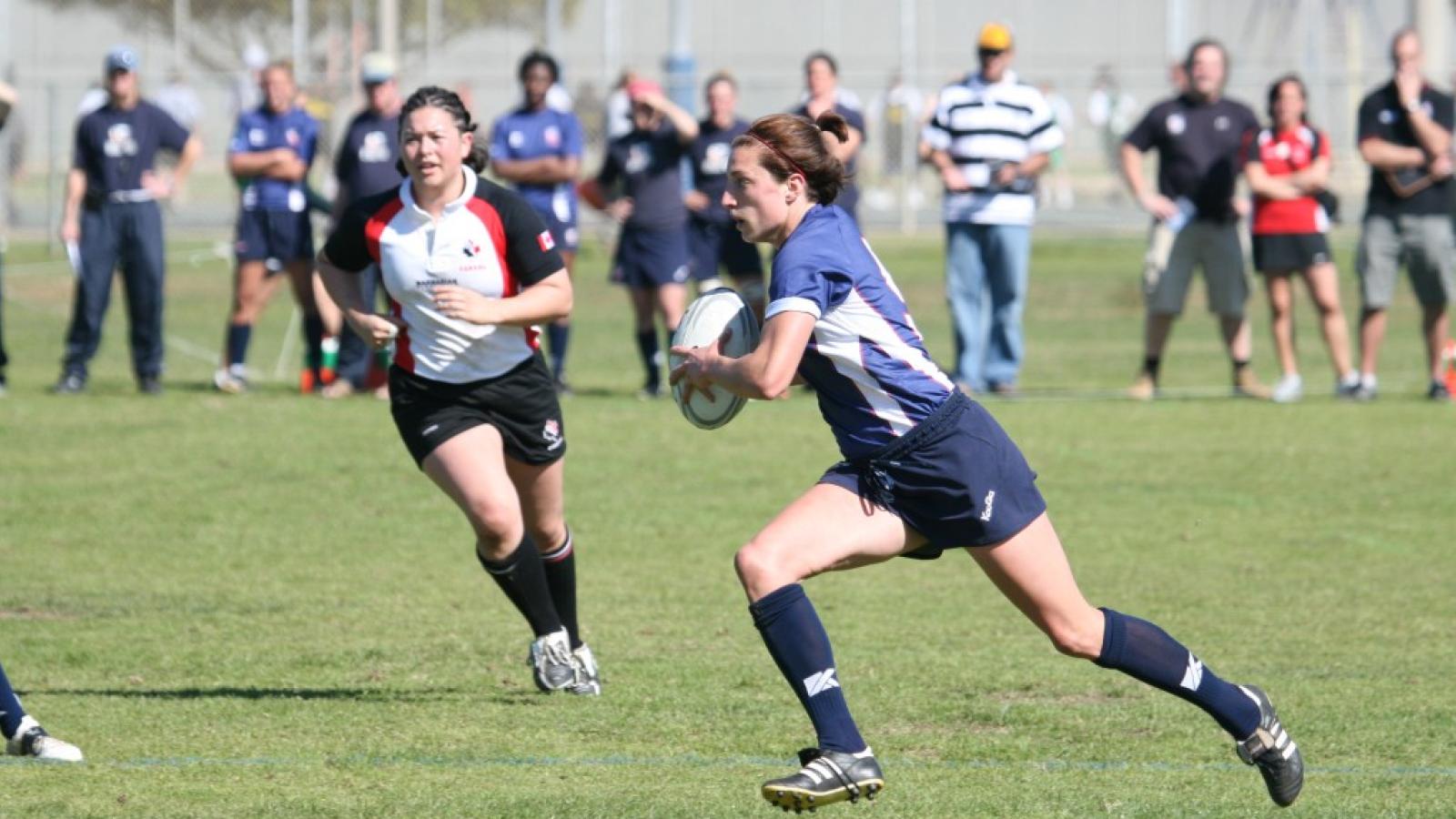When you’re looking at a new plan or new idea, what’s the first question that comes to mind? — “How much is this going to cost me?”
College rugby is changing significantly when it comes to who oversees what competitions, and with USA Rugby’s financial reorganization it’s reasonable to wonder if the old way of doing things, including how you pay to play rugby, will change too.
The answer? Almost certainly.
What will shake out is that we will probable see three organizations run college rugby: NIRA, NCR, and CRAA. It's possible we'll see one or two more.
NIRA will take care of the women’s NCAA programs. NCR (the new name for NSCRO) will take care of small college, D2 men and women, and some D1 conferences. CRAA will take care of Women’s D1 Elite, Women’s D1, and Men’s D1A, with potentially some DIAA conferences, as well.
NCR
NCR has announced its fee structure, and the organization offers a plan which charges a per-player dues that is more than USA Rugby’s old rate of $45 per player, with a per-team charge that is the same, $160. But NCR offers another option, which is a large per-team charge ($1,300), and smaller per-team cost ($20).
The second plan is better for larger squads. Basically, if you register more than 25 players, you want the second option, and 25 or fewer, use the first plan.
But the added piece of info is that NCR is dedicated to the college game. Every dollar goes to pay for college administrators, funding championships (venues, broadcast, refs), as well as insurance, a competition management system, and oversight. Putting aside the question whether NCR must be a member of USA Rugby in order to be able to play outside of the NCR, this covers pretty much everything.
What it doesn't cover is referee fees for regular-season games, and other expenses that a club incurs for its day-to-day activities.
When all is said and done, we could se NCR with an estimated 12,000 players (that’s according to their website and we’ve run estimates that aren’t much different, maybe even higher). But if we go with 12,000 players, membership income would be over $800,000. Of course, NCR will have some big expenses in there—insurance, events, media, and paying a larger staff—so don’t think it’s all just profit, it’s not.
And if you factor in estimates for ref costs and conference dues, you come up with a total per-player cost of $100 to $150 depending on the size of your roster and the scope of your season.
We did not factor in travel, coach pay, medical, local broadcast, or equipment costs in any of our cost-tracking.
CRAA
The College Rugby Association of America will use USA Rugby’s dues structure. They won’t change unless a division wants to add in an additional fee for extra services. D1A teams pay regular USA Rugby dues plus $2,000 per team to D1A. D1AA teams could decide to follow that model and add $500 or $750 per team to help fund referees and events, or whatever they want to. That's to be decided by them.
Some DIA conferences charge a fee to cover playoffs, playoff venues, and conference 7s tournaments. Not all do that, though, so for some teams, they don't incur a conference cost. Also, not all DIA game referee fees are covered with that $2,000. Conference games are, but non-league games can pile up so the ref fees for those out-of-DIA games are a college team's responsibility.
Before USA Rugby's problems, every penny of USA Rugby dues would go to USA Rugby. Now, USA Rugby has to come up with an amount of dues the organization will need to run. If you include insurance, it could be as high as $30 per person. One would hope it’s lower than that, like $25, but let’s split the different and say $27.50. Even with that cost, teams and groups come out ahead.
So with DIA, which may be about 40 teams next season, the gross would be maybe as much as $200,000 (player dues and team fees). USA Rugby's cut for insurance and whatever else would drop that down to about $140,000 to pay a commissioner and the referees and run the playoffs.
CRAA is bigger than DIA, though, and could have as many as 6,000 players across four or five divisions. They will have different dues structure, so it's a little difficult to judge. But if we go with a plan where some other divisions opt for a $500 per-team payment to CRAA for some event management, then CRAA might bring in a net of $300,000.
Remember, this $300,000 doesn't have to cover insurance (that's what USA Rugby's slice is for), but does contribute to major events, playoff refs, and broadcast.
According to our estimates, sees range mostly from $100 to $150 per player. They get higher than that if you're a DIA program with fewer than 20 on your roster, but then you've got bigger problems and shouldn't be in DIA.
NIRA?
The Women’s NCAA league, the National Intercollegiate Rugby Association (NIRA), pays a flat fee per team to USA Rugby to cover some costs—basically so they can use refs and the competition management system. As they are fully funded and supported by their universities, they have everything else taken care of.
If those teams want to play outside of NIRA, or if their players are on national teams, then those teams or players have to pay full USA Rugby dues. That's not going to change.
The Chart
Have a look at the chart above. What it compares is NCR's dues structure (to which we've added estimates of conference dues and ref fees), with DIA dues (with optional lines featuring conference dues and ref fees) and with a more general CRAA member with a smaller per-team fee added in.
(You can also see the chart here>>)
As you can see, NCR starts out the least costly for small rosters and stays pretty steady. Once you get to a roster of 50, the cost is virtually identical to the DIA+Conference Fee line.
The upshot, really, is that with small rosters, these fee structures are all quite different, but as your roster increases, they all end up being about the same. Ignore the blue line, which is DIA without any conference or ref fees added in (we have that there because it is possible to operate that way), and the per-player fee ranges from $102.67 (NCR) to $113.20 (generic CRAA team).
And the other upshot is that with any of these organizations, more of that money will go directly to things the college player cares about.






